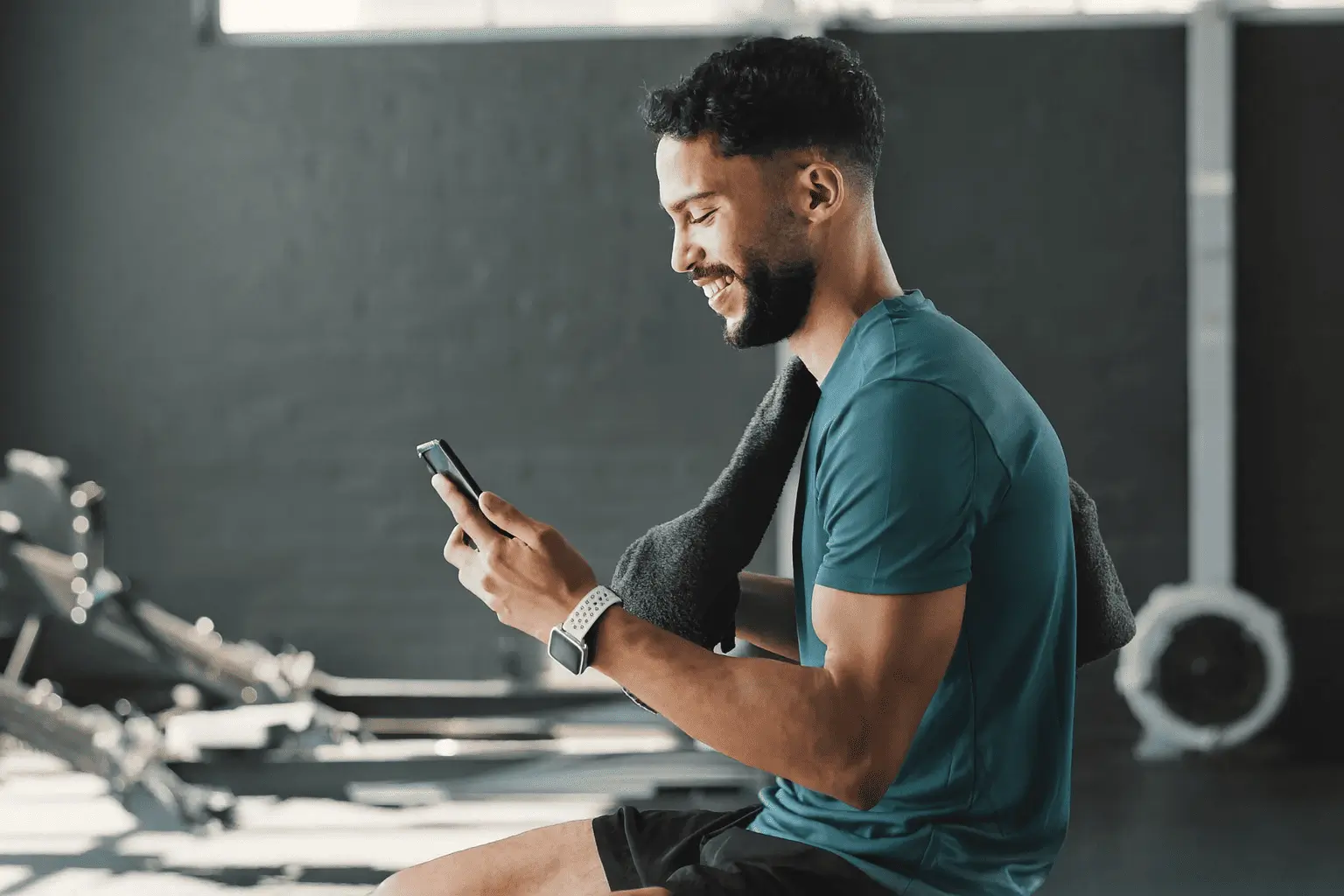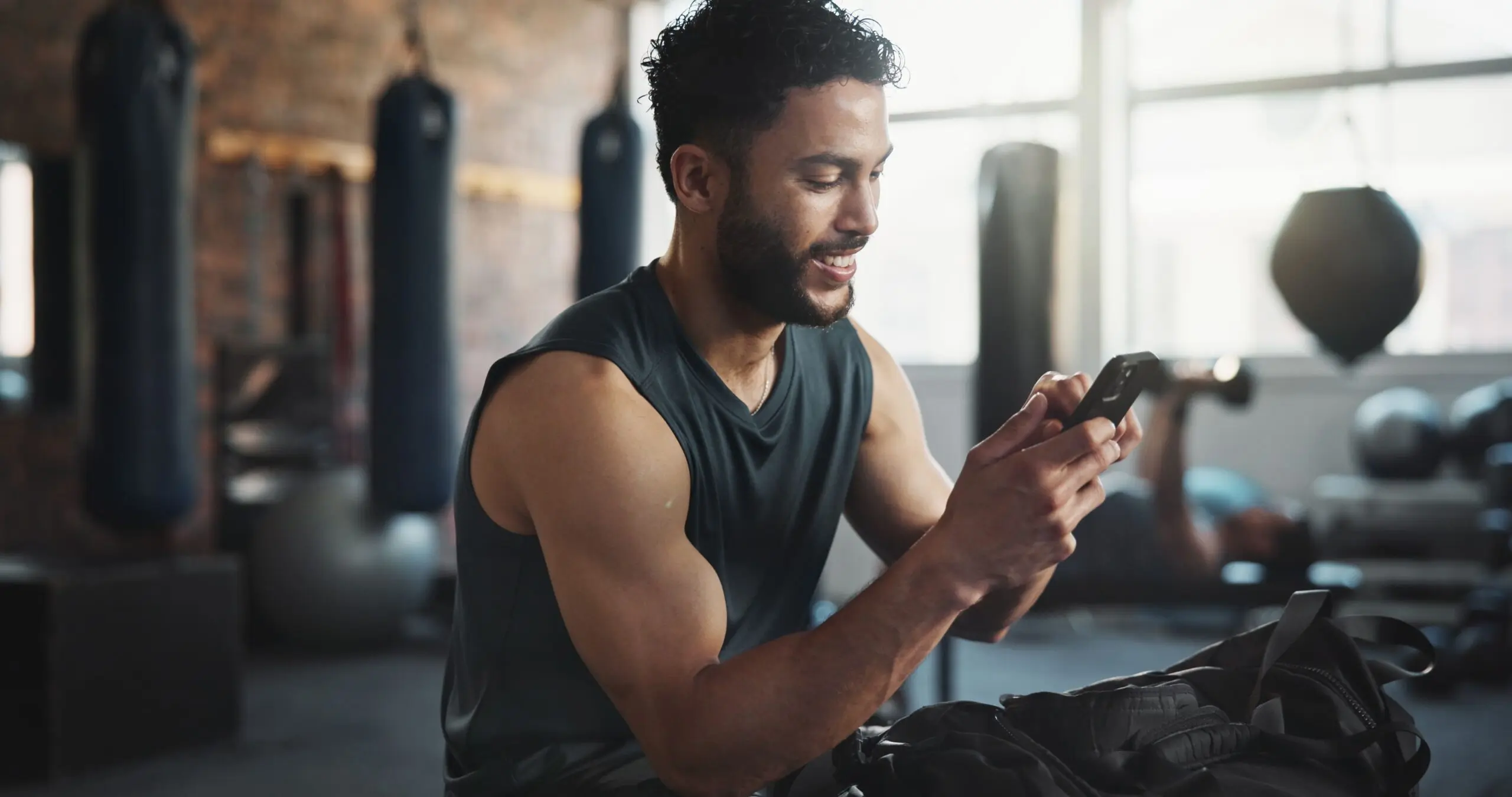Leg day—it’s the workout that can make or break your fitness routine. Whether you’re a seasoned athlete or just starting on your fitness journey, leg training is essential for developing strength, stability, and overall athleticism. Your legs are the foundation of your body, responsible for mobility, balance, and power, so neglecting them is not an option. But building strong, toned legs goes beyond just squats and lunges. It requires a comprehensive approach that incorporates various exercises, proper form, and lifestyle changes.
In this article, we’ll dive into 10 powerful tips that will help you build the legs of your dreams. We’ll go beyond the basics, discussing not only exercises but also essential strategies to maximize results. Let’s get started.
Tip 1: Prioritize Compound Movements
When training your legs, the foundation of any workout should be compound movements. These are exercises that engage multiple muscle groups and joints simultaneously. In terms of leg training, the big compound movements include:
- Squats (back squats, front squats, goblet squats)
- Deadlifts (conventional, sumo, Romanian)
- Lunges (walking, reverse, Bulgarian split squats)
Why compound movements? They allow you to lift heavier weights, which translates to greater overall muscle growth. When you squat or deadlift, you’re not only working your quads, hamstrings, and glutes but also activating your core, lower back, and even upper body muscles to stabilize the weight. This leads to more muscle recruitment and a more efficient workout.
Pro Tip: Focus on perfecting your form before adding heavy weights. Incorrect form can lead to injuries, especially when lifting heavy. Work on depth and range of motion in squats and deadlifts before worrying about the numbers on the bar.
Tip 2: Mix in Isolation Exercises
While compound movements are the bread and butter of leg training, isolation exercises play a crucial role in sculpting and toning specific muscles. Isolation exercises allow you to focus on a single muscle group, helping correct imbalances and ensuring all parts of your legs are being developed equally.
Some great isolation exercises for the legs include:
- Leg Extensions (target quads)
- Leg Curls (focus on hamstrings)
- Calf Raises (work your calves)
- Hip Thrusts (glute activation)
By incorporating isolation exercises, you’ll ensure that no muscle is left behind, giving your legs that balanced, aesthetic look.
Pro Tip: Perform isolation exercises after your compound lifts. This ensures that your energy is reserved for the bigger, more taxing movements at the beginning of your workout.
Tip 3: Don’t Neglect Your Hamstrings and Glutes
When people think of leg day, they often think of the quads (the front of the thighs), but your hamstrings and glutes are just as important. A strong posterior chain (the muscles running along the back of your body) helps with athletic performance, balance, and preventing injuries.
Hamstrings and glutes are involved in explosive movements like sprinting and jumping. Not to mention, a well-rounded leg appearance requires that you don’t neglect these muscle groups.
To work on your hamstrings and glutes, include exercises like:
- Romanian Deadlifts (RDLs) – This variation of the deadlift puts a heavy emphasis on hamstring and glute activation.
- Glute Bridges – A fantastic exercise for isolating and strengthening the glutes.
- Single-leg Deadlifts – Not only does this target the hamstrings and glutes, but it also helps improve balance and coordination.
Pro Tip: If you find that your quads are dominant compared to your hamstrings, try incorporating extra sets of hamstring and glute work into your routine. Over time, this will help balance out the muscles.
Tip 4: Train Legs More Than Once a Week
Training your legs once a week may not be enough to see substantial growth or strength improvements. The muscles in your legs are used to a lot of work since they’re involved in almost every movement you do during the day—walking, standing, sitting, etc. This makes them resilient and capable of handling more frequent training.
For optimal results, aim to train your legs 2-3 times per week, spreading out different exercises to hit all parts of your legs. You could split it into:
- Quad-focused day (with squats, lunges, and leg extensions)
- Hamstring and glute-focused day (with deadlifts, hip thrusts, and leg curls)
- Full leg day (combining all muscle groups)
By varying your focus, you’ll stimulate muscle growth while giving each muscle group enough time to recover.
Pro Tip: Make sure to give yourself at least 48 hours of recovery between intense leg workouts. Muscle growth happens during rest, so don’t neglect it.
Tip 5: Emphasize Progressive Overload
One of the most important principles of strength training is progressive overload. This means gradually increasing the weight, intensity, or volume of your workouts to continue challenging your muscles. Without progressive overload, your muscles will adapt, and you’ll hit a plateau.
Here’s how to implement progressive overload into your leg training:
- Increase the weight you lift in your squats, deadlifts, or lunges when you feel the current load is no longer challenging.
- Add more sets or reps to your exercises if increasing weight isn’t an option.
- Slow down your tempo—by slowing down the movement, especially during the eccentric (lowering) phase, you increase the time under tension, which helps build muscle.
Pro Tip: Keep a workout log to track your progress. Whether it’s adding a few more pounds to the barbell or getting in an extra rep, every small improvement counts.
Tip 6: Train with a Full Range of Motion
A full range of motion (ROM) means performing an exercise through its entire movement pattern. For example, during a squat, a full ROM would involve squatting all the way down until your thighs are parallel (or lower) to the ground, then fully extending at the top.
Training with a full ROM leads to:
- Better muscle activation
- Improved flexibility
- Greater strength gains over time
Partial reps might allow you to lift more weight, but they don’t engage the muscles as effectively as full reps. Studies have shown that full ROM training is superior for muscle growth compared to partial reps.
Pro Tip: If you’re struggling to reach a full ROM on exercises like squats, work on your mobility. Stretching and foam rolling can improve flexibility in the hips and ankles, allowing you to squat deeper.
Tip 7: Incorporate Plyometrics for Explosiveness
If you’re aiming to improve not just the size and strength of your legs but also your athleticism, incorporate plyometric exercises into your routine. Plyometrics involve explosive movements that develop power and speed, essential for sports and functional fitness.
Some great plyometric exercises for your legs include:
- Box Jumps
- Jump Squats
- Lateral Bounds
- Broad Jumps
These exercises recruit fast-twitch muscle fibers, which are responsible for generating force quickly. Plyometrics also improve coordination, agility, and the ability to absorb shock, reducing the risk of injury during high-impact activities.
Pro Tip: Start with lower heights and distances when performing plyometric exercises, then gradually increase intensity as your strength and coordination improve.
Tip 8: Mind Your Foot Positioning
The placement of your feet during exercises can drastically change which muscles are being activated. Small adjustments in foot placement can help you target different areas of your legs.
For example:
- Wide stance squats and leg presses emphasize the inner quads and glutes.
- Narrow stance squats focus more on the outer quads.
- During deadlifts, a sumo stance (wide with toes pointed out) targets more glutes and inner thighs, while a conventional stance targets the lower back and hamstrings.
Experiment with foot placement on different exercises to see which positions work best for your goals. Even small changes can make a big difference in muscle activation.
Pro Tip: Avoid letting your knees cave in during squats and lunges. This puts unnecessary stress on your joints and can lead to injury. Always keep your knees in line with your toes.
Tip 9: Use Resistance Bands for Extra Burn
If you’re looking for a way to add intensity to your leg workouts without increasing weight, try incorporating resistance bands. These are inexpensive tools that can add resistance to bodyweight exercises, making them more challenging.
Here’s how you can use resistance bands in your leg workouts:
- Banded Squats – Loop a resistance band just above your knees and perform squats. The band forces you to push your knees outward, engaging the glutes and abductors.
- Banded Leg Curls – Attach a resistance band to a fixed point and perform leg curls for an extra challenge to your hamstrings.
- Banded Side Steps – Place a band around your ankles and step side-to-side to activate your glutes and hip abductors.
Resistance bands are especially effective for targeting smaller, stabilizing muscles that might not be as engaged during regular weightlifting exercises.
Pro Tip: Use resistance bands as part of your warm-up to get your muscles activated before moving on to heavier lifts. This is a great way to avoid injury and improve performance during your workout.
Tip 10: Fuel Your Legs with Proper Nutrition
Your legs won’t grow or strengthen without the right fuel. To maximize your leg training, you need to ensure you’re eating a diet that supports muscle growth and recovery. This means focusing on:
- Protein – Protein is essential for repairing and building muscle. Aim for 1.2-1.7 grams of protein per kilogram of body weight daily, depending on your activity level. Great sources include lean meats, fish, eggs, dairy, and plant-based proteins like beans, lentils, and tofu.
- Carbohydrates – Carbs provide the energy you need to power through intense leg workouts. Prioritize complex carbs like sweet potatoes, quinoa, whole grains, and oats.
- Healthy Fats – Don’t shy away from fats. They support hormone production (including testosterone, which plays a crucial role in muscle growth). Incorporate healthy fats from sources like avocados, nuts, seeds, and olive oil.
- Hydration – Dehydration can significantly impact performance. Drink plenty of water throughout the day, especially before and after workouts.
Pro Tip: If your goal is to build muscle, aim for a caloric surplus (eating more calories than you burn). For fat loss, focus on a caloric deficit while maintaining a high protein intake to preserve muscle mass.
Conclusion
Building strong, toned legs requires more than just showing up on leg day and doing a few squats. It involves a balanced approach that combines compound and isolation movements, progressive overload, proper recovery, and targeted nutrition. By following these 10 tips, you’ll not only build more powerful legs but also enhance your overall fitness, mobility, and performance.
Leg training is hard work, but the rewards are worth it. Strong legs mean better athletic performance, reduced risk of injury, and a more balanced, functional body. So, whether you’re chasing strength, aesthetics, or both, commit to these strategies, and soon you’ll see your hard work pay off in the gym—and in everyday life.
Consider incorporating technology into your leg training routine. Wearable fitness trackers and smart gym equipment can provide real-time feedback on your form and performance, helping you optimize your workouts. Additionally, virtual reality fitness apps are emerging as a fun way to engage in leg workouts, offering immersive environments that can make exercises like squats and lunges more enjoyable.















One Comment